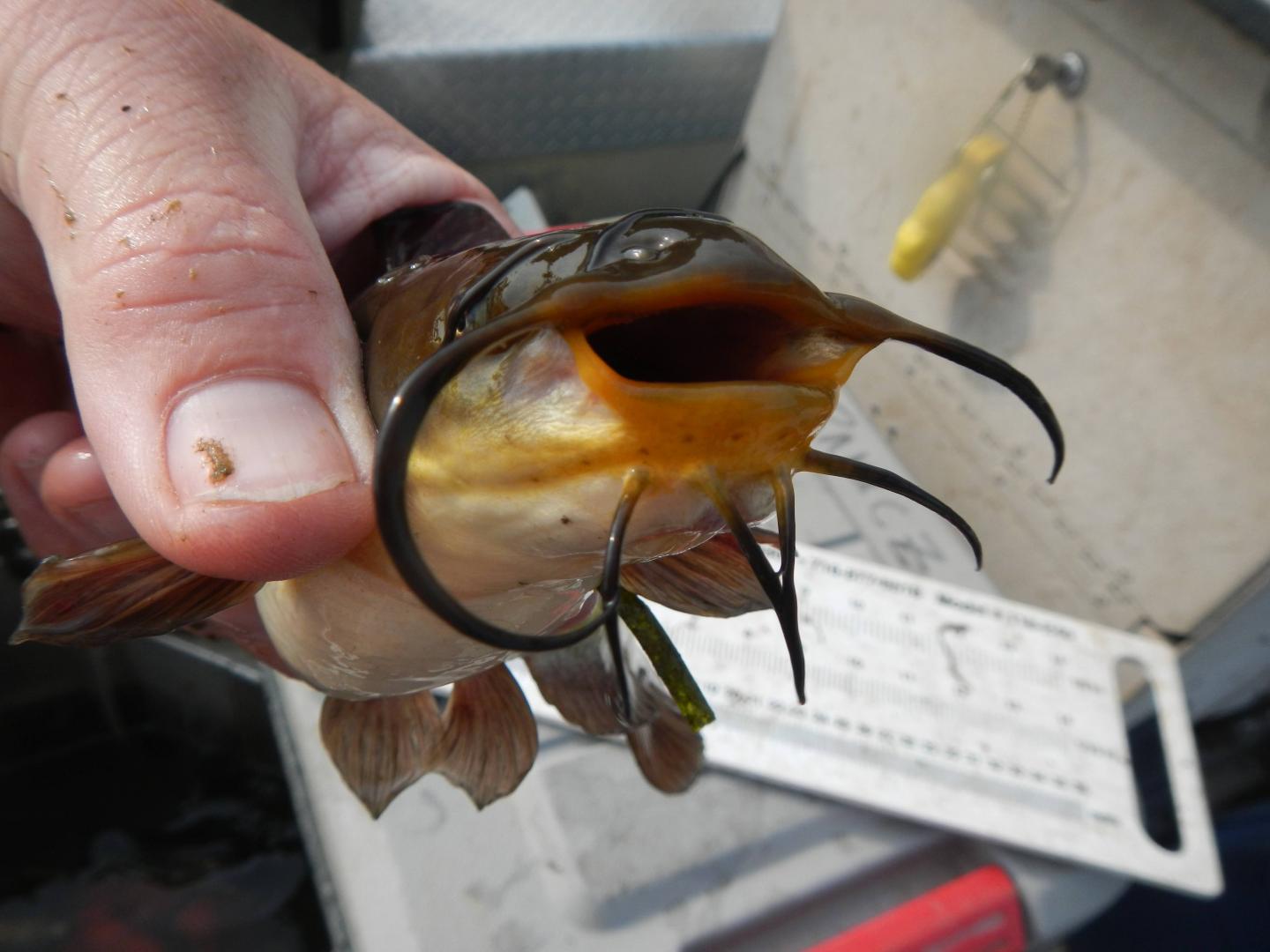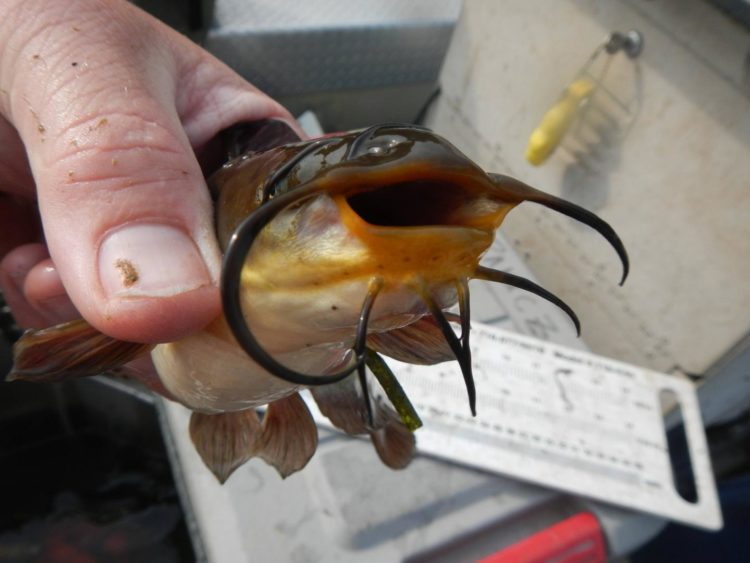New study shows that fishes above and below falls are unlikely to interbreed — vital information for the battle with invasive species in the Great Lakes

Credit: © Canada Department of Fisheries and Oceans
New research shows that fishes on either side of Niagara Falls–one of the most powerful waterfalls in the world–are unlikely to breed with one another. Knowing how well the falls serves as a barrier to fish movement is essential to conservation efforts to stop the spread of invasive aquatic species causing ecological destruction in the Great Lakes. The study is published today in the journal Molecular Ecology.
“In the past 50 years or so, aquatic invasive species have expanded in the Great Lakes as a tremendous conservation concern, causing billions of dollars’ worth of damage,” said Nathan Lujan, lead author of the study and a Gerstner Scholar at the American Museum of Natural History. “Both Canadian and American authorities are concerned about the potential impact of these species on the Great Lakes and are very interested in installing barrier technologies in the Niagara River that would slow or stop their spread.”
For more than 11,000 years since glaciers retreated from North America, most water flowing through the Great Lakes has crossed the Niagara Falls, which has a flow rate of more than 750,000 gallons per second. There’s one other way water can get through this constriction point: through the Welland navigation canal, which was built about 200 years ago and features a series of locks that bring vessels from one side of the falls to the other. The canal is relatively small compared to the Niagara River, but questions remain about how significant it and the falls are in allowing fishes to move upstream to downstream, and vice versa. The leading idea is to install a combination of barrier technologies in the Welland Canal, including electricity, sound, light, and possible physical barriers to inhibit fish movement.
“If you’re going to spend potentially hundreds of millions of dollars on installing barrier technologies and fishes can go right over the falls, then that’s obviously not a good use of resources,” Lujan said. “If people can survive it in a barrel, you’d think a fish could.”
To investigate these questions, Lujan and colleagues examined the DNA of seven native fish species to determine whether populations above and below Niagara Falls interbreed or are reproductively isolated. By gathering data from throughout the fishes’ genomes, they found that populations of all species are genetically distinct on opposite sides of the falls.
Then they modeled how DNA from different populations mix, and determined that in four species there has been no significant migration past Niagara Falls since the falls were first formed 11,000 years ago. Two other species showed some indication of migration past the falls, yet the models indicated that no species had migrated past the falls via the Welland Canal.
“These results should reassure policymakers that infrastructure being considered to prevent the movement of invasive aquatic species will not impact native species, and that the falls themselves are an effective barrier to both upstream and downstream movement of aquatic species,” Lujan said. “Additional measures to prevent fish movement can safely be restricted to the Welland Canal.”
###
Other authors on this study include: Jason Weir, from the University of Toronto Scarborough; Brice Noonan, from the University of Mississippi; Nathan Lovejoy from the University of Toronto at Scarborough; and Nicholas Mandrak, from the University of Toronto at Scarborough.
This study was funded in part by the Canadian Department of Fisheries and Oceans and the Natural Sciences and Engineering Research Council of Canada, grant #s RGPIN-2014-570 05226, RGPIN-2016-06221, RGPIN-2016-06538, and Discovery Accelerator Grant 492890.
Link to study: https:/
ABOUT THE AMERICAN MUSEUM OF NATURAL HISTORY (AMNH)
The American Museum of Natural History, founded in 1869 and currently celebrating its 150th anniversary, is one of the world’s preeminent scientific, educational, and cultural institutions. The Museum encompasses 45 permanent exhibition halls, including those in the Rose Center for Earth and Space plus the Hayden Planetarium, as well as galleries for temporary exhibitions. It is home to New York State’s official memorial to Theodore Roosevelt, a tribute to Roosevelt’s enduring legacy of environmental conservation. The Museum’s approximately 200 scientists draw on a world-class research collection of more than 34 million artifacts and specimens, some of which are billions of years old, and on one of the largest natural history libraries in the world. Through its Richard Gilder Graduate School, the Museum grants the Ph.D. degree in Comparative Biology and the Master of Arts in Teaching (MAT) degree, the only such free-standing, degree-granting programs at any museum in the United States. Annual on-site attendance has grown to approximately 5 million, and the Museum’s exhibitions and Space Shows can be seen in venues on six continents. The Museum’s website, digital videos, and apps for mobile devices bring its collections, exhibitions, and educational programs to millions more around the world. Visit amnh.org for more information.
Media Contact
Kendra Snyder
[email protected]
212-496-3419
Related Journal Article
http://dx.





